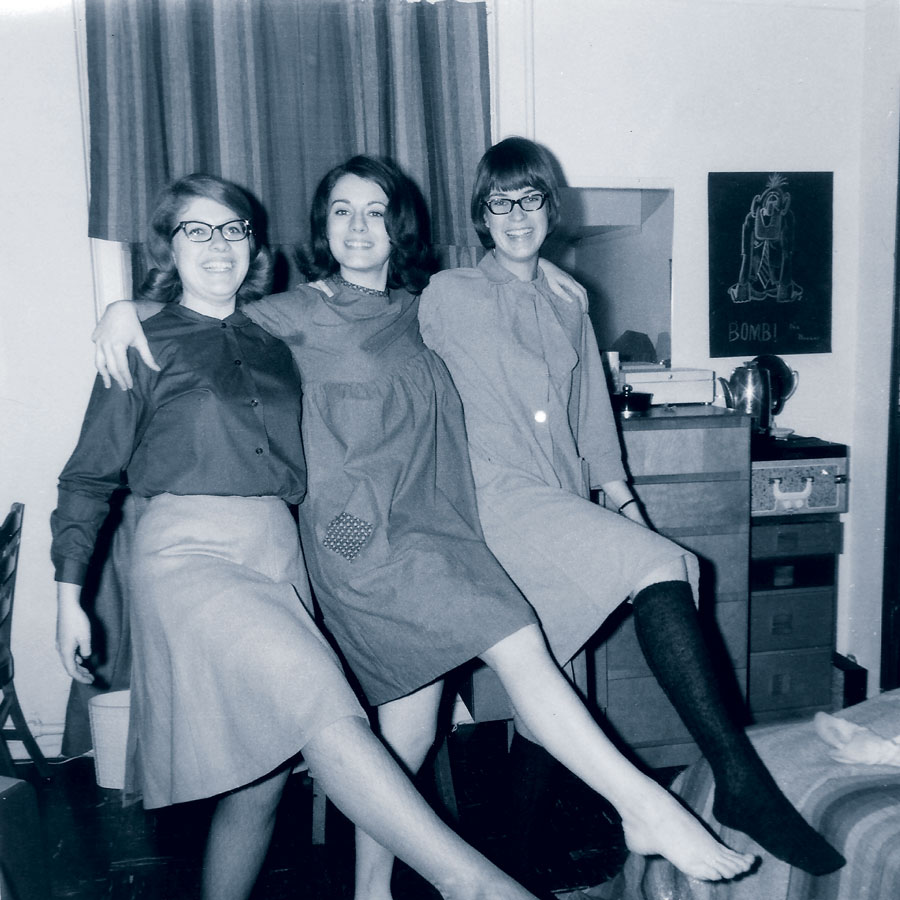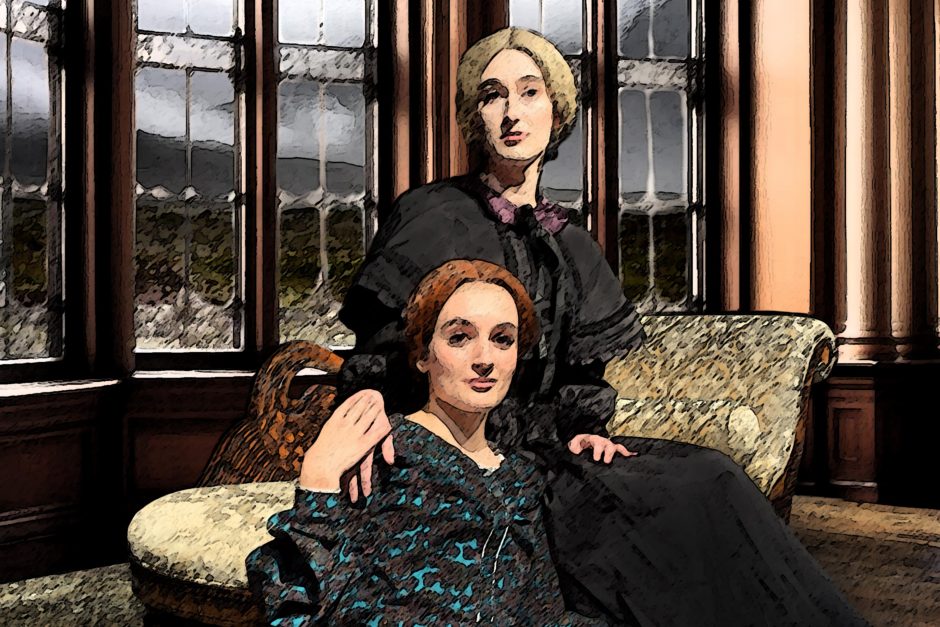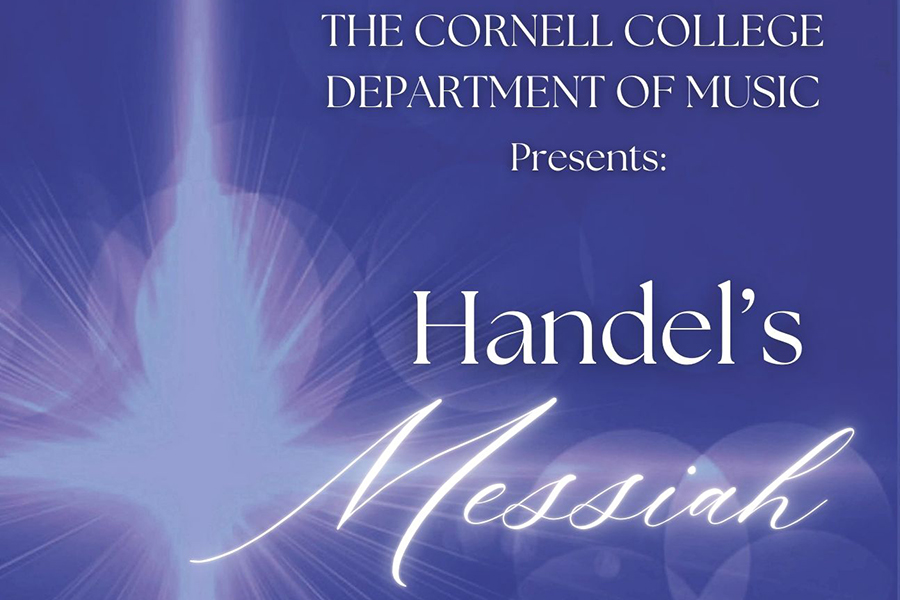Dorm life gave sense of belonging
In the fall of 1962, Cornell didn’t offer freshman girls many hangouts. We were too young for bars, no one had cars, and we had 9:15 p.m. curfews. By default as much as by choice, our hangout was the dorm.

We started college during the days of in loco parentis, which considered the college as substitute parents. Girls had strictly enforced hours, dress codes, house mothers, nightly bed checks, and single-sex dorms. Shocking as this may sound to today’s liberated college women, we accepted the rules unquestioningly. It was just the way things were, and for most of us, Cornell gave us more freedom than we had ever had.
The dorm was where we made our closest personal connections, ate our meals, studied, played, and entertained our boyfriends. Pfeiffer Hall was my first Cornell family. Struggling together through Dr. Pray’s biology exams and Dr. Kollman’s history papers bonded us as fellow survivors. College was hard work, and we found plenty of ways to relieve the stress; from the older girls we learned clever pranks, like stuffing rooms with newspapers and rolling waste bins down the stairs. Food was important; the smell of fresh popcorn still transports me to the dorm. One favorite ritual was gathering after dinner to sing. We’d belt out “If I Had a Hammer” and “The Drunken Sailor,” accompanied with the few chords we knew on our baritone ukuleles.
Like sisters, we shared belongings—typewriters, care packages, and clothes. We shared secrets and dreams in serious conversations about our futures, and we did our best to educate each other by sharing our scant knowledge of sex.
Pfeiffer offered several gathering places. At the top of the stairs were the ironing boards and the floor’s telephone. Somebody was always there, ironing her own white cotton blouses or her (gasp!) boyfriend’s button-down shirts. Somebody else was always sprawled on the floor tying up the phone, while someone else impatiently waited her turn.
The first floor spaces had their own daily rhythm. The lounge was empty in the morning, except for a worker running a vacuum. Toward noon, the noisy lunch line formed and girls hovered around the desk to pick up mail. Afternoons were quiet again with a few girls studying or dozing. The day crescendoed around dusk, when the lounge was opened to boys for a short time before and after dinner. The love seats filled with couples discreetly making out with four feet very properly on the floor. By 8 p.m. the boys were out, the lounge doors closed, and the bathrobe-and-curlers crowd took over the space. Close to 9:15 the kissing couples were back, lingering outside the front door in the cramped entryway or on the darkened stairway to the dining hall. Lights flicked a warning one minute before closing, the boys would tear themselves away, and Pfeiffer Hall would become its female self again.
Later, a little colony of procrastinators would gather in the lounge, pulling all-nighters to cram for an exam or to finish (or start) a paper due the next day. By the wee hours, the smoky air was thick with tension and irritability. As day broke, the night owl lounge ghosts evaporated, and the vacuum’s hum chased away the night.
On special nights, everyone was buzzed to the lounge for a candle ceremony. We’d stand in a circle in the darkened room, singing sweetly as the candle was passed around the circle once, then twice, when the girl who had been pinned (like being engaged to be engaged) blew it out—or three times around for an engagement.
We entered the fall of 1965 as senior women in Rood House, and another community formed. More precisely, it re-formed. We had spent two years going separate ways, joining different social groups, finding a major, and studying abroad. Marguerite had visited Montgomery, Joan had lived in Germany, and Edie, Ruth, and I had lived in England and toured Europe. By senior year, we were different people. We had accepted leadership roles on campus, and we were serious about our studies. We were prepared for student teaching, and several of us were planning weddings. In Rood House, the sisterhood took on a bittersweet quality during that last precious year as we prepared to venture out of Cornell’s safety and security.
Today’s students might think my college experience was quaint and archaic. But in spite of their many freedoms, they’re missing something—the sense of place and belonging we had from living in Pfeiffer, Bowman, and Rood. We didn’t know about the feminist movement, but we did know about living in a community of strong, bright women who were there for each other through difficulties and who celebrated each other’s accomplishments. As an adult, I’ve known the power of women’s communities to support each other through life’s joys and disappointments. Cornell gave us four years of good practice.
Susan Schwab Donovan ’66 retired as director of academic support at Rochester Institute of Technology. She is active in a garden club and loving her book club sisterhood. This story first ran in 2000.
This story is part of a series on six student gathering spots, Hangouts through the years.



